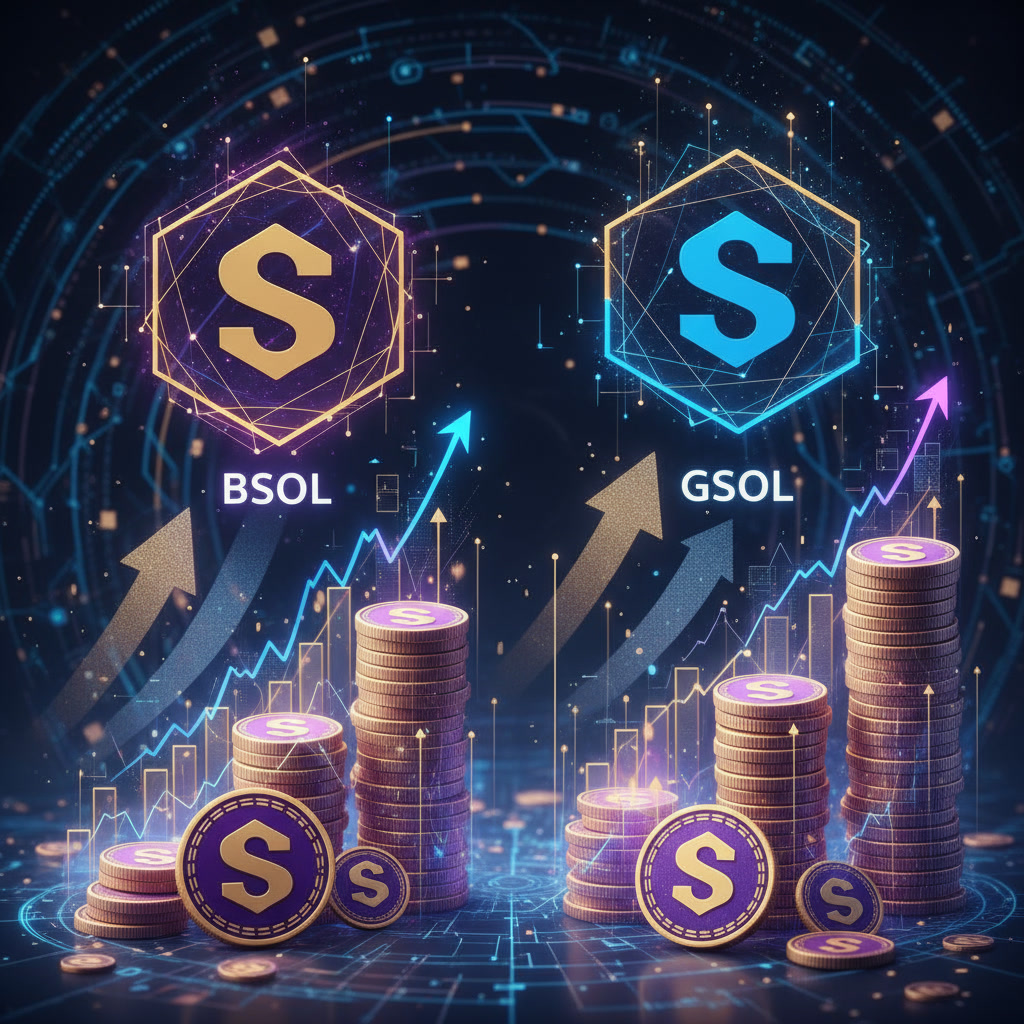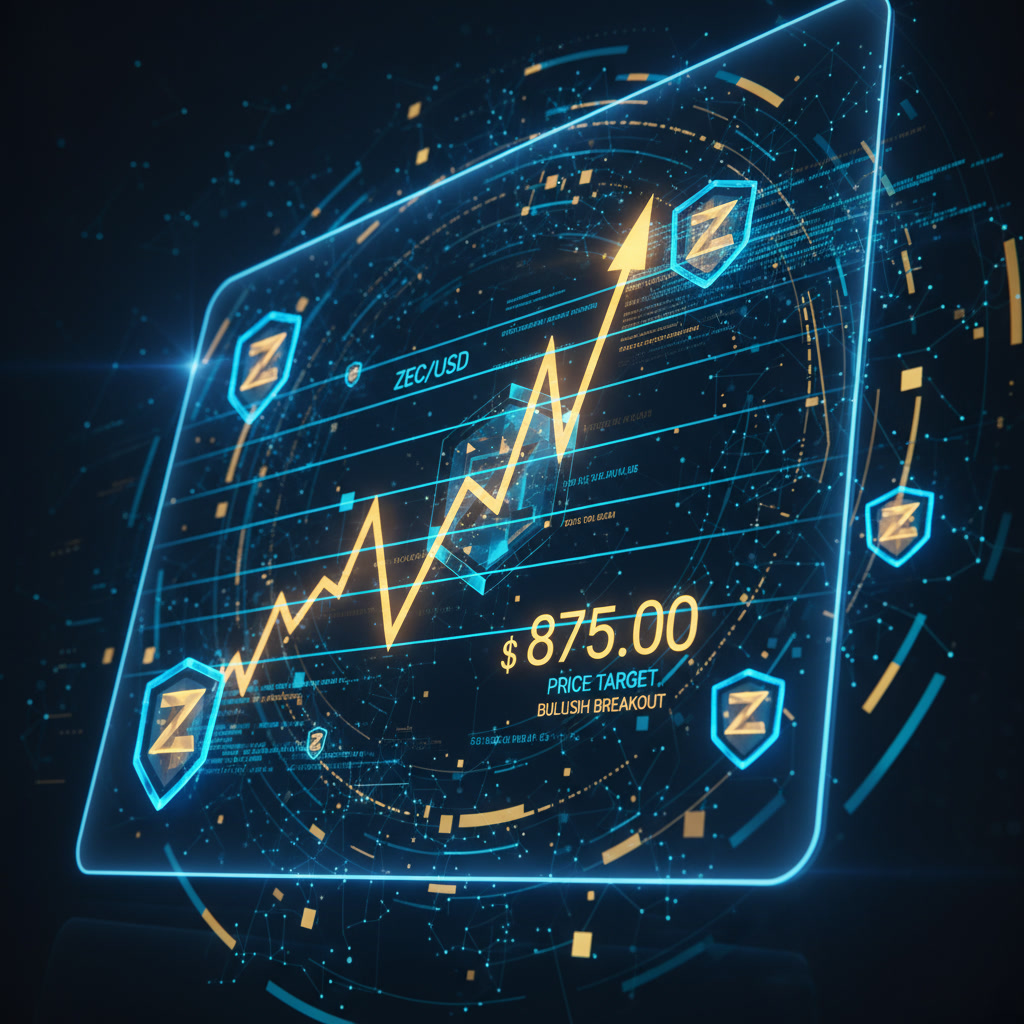The recent launch of dedicated ETFs for Solana‑staking has turned heads in the crypto investment space. Two major players — Bitwise Asset Management (with its BSOL fund) and Grayscale Investments (with GSOL) — introduced new products that amassed more than US$500 million in assets within just a few days after debuting.
Let’s break down what’s happening, why it matters, and what it might tell us about the future of crypto ETFs.
What the numbers show
-
Bitwise’s BSOL ETF launched on a Tuesday and immediately drew nearly US$70 million on its first day. Over the next two trading sessions it pulled in an additional ~US$130 million, bringing its first‑week net inflows (including initial AUM) to about US$420 million.
-
Meanwhile, Grayscale’s GSOL fund launched a day later, and although its initial net inflow was modest (~US$2.2 million), its total assets include more than US$100 million worth of SOL holdings.
-
According to senior analyst Eric Balchunas of Bloomberg Intelligence: “The first week was extremely impressive for BSOL. In terms of crypto ETPs it led the week with +US$417 m.”
What these funds offer
-
Both funds are staking SOL (the Solana token) so that holders can benefit not just from price appreciation but from staking rewards.
-
GSOL, for example, will pass on 77% of the net staking rewards to investors.
-
The regulatory structure differs among these funds. Unlike one earlier Solana‑staking product (the SSK fund by REX‑Osprey) which falls under the Investment Company Act of 1940, BSOL and GSOL are structured under the Securities Act of 1933 — a distinction that may have implications for various regulatory and investor aspects.
Why it matters
-
The strong initial capital inflows signal investor appetite for altcoin exposure in ETF‑format. While many crypto ETFs so far have focused on major assets like Bitcoin or Ethereum, these Solana‑focused products suggest a growing acceptance of L1 altcoins in mainstream investment vehicles.
-
It may also reflect a broader trend of “select altcoin ETFisation” — i.e., altcoins, once dismissed as too volatile or niche for ETF wrappers, are now being packaged and adopted.
-
The staking feature adds an additional layer: investors aren’t just buying price exposure to Solana, but also participating (indirectly) in network economics via staking rewards.
-
From a competitive standpoint, BSOL’s leap ahead in inflows vs. GSOL underscores how fund design, timing of launch, fees, and marketing can heavily influence which product captures attention and dollars.
Caveats & considerations
-
As always, high initial inflows don’t guarantee long‑term success. Markets change, tokenomics evolve, network security or regulatory risks can alter the outlook.
-
While staking rewards are appealing, they introduce complexity (e.g., how often rewards are distributed, how they are taxed, how network performance affects them).
-
The regulatory environment remains uncertain for many crypto products globally. While the US authorizations and structures are increasingly robust, altcoin‑ETFs carry unique risks compared with more established products.
-
Investors must still do their homework: these funds may have different fee structures (for instance GSOL’s management fee is 0.35% vs BSOL’s 0.20%).
What to watch moving forward
-
Flow trends: Will inflows continue at the same pace, or will initial enthusiasm taper off? Monitoring weekly/monthly net inflows will be telling.
-
Performance vs token price: Since these funds involve staking, net returns will depend not only on SOL price moves but also on staking yield and fund costs.
-
Competitive launches: Other altcoin‑staking ETFs might follow; how will they differentiate, and how will the landscape evolve?
-
Regulatory shifts: As the US and other jurisdictions refine crypto‑asset regulation and ETF rules, structural changes could impact how these funds operate and how attractive they are.
-
Impact on Solana ecosystem: Large AUM and staking activity might bolster network security and participation but could also concentrate staking power and raise governance questions.
Final thoughts
The swift accumulation of more than US$500 million into Solana‑staking ETFs like BSOL and GSOL speaks volumes about investor interest in next‑generation blockchain networks and altcoin infrastructure plays. These funds may represent an important turning point: altcoins moving from the fringe of crypto speculation into more institutionalised investment vehicles.
However, the usual caution applies. Strong early days are promising, but long‑term success will depend on fund performance, token ecosystem health, regulatory clarity, and competitive dynamics. For investors keen on exposure to Solana through a structured vehicle, these funds provide a meaningful option — but they still carry many of the typical crypto‑risks.
Ready to start your cryptocurrency journey?
If you’re interested in exploring the world of crypto trading, here are some trusted platforms where you can create an account:
- Binance – The world’s largest cryptocurrency exchange by volume.
- Bybit – A top choice for derivatives trading with an intuitive interface.
- OKX – A comprehensive platform featuring spot, futures, DeFi, and a powerful Web3 wallet.
- KuCoin – Known for its vast selection of altcoins and user-friendly mobile app.
These platforms offer innovative features and a secure environment for trading and learning about cryptocurrencies. Join today and start exploring the opportunities in this exciting space!

Join our crypto community for news, discussions, and market updates: CryptoBCC on Youtube | Instagram | Telegram | Pinterest | Facebook | Discord | Tiktok | Threads | X(Twitter).

Disclaimer: Always do your own research (DYOR) and ensure you understand the risks before making any financial decisions.




